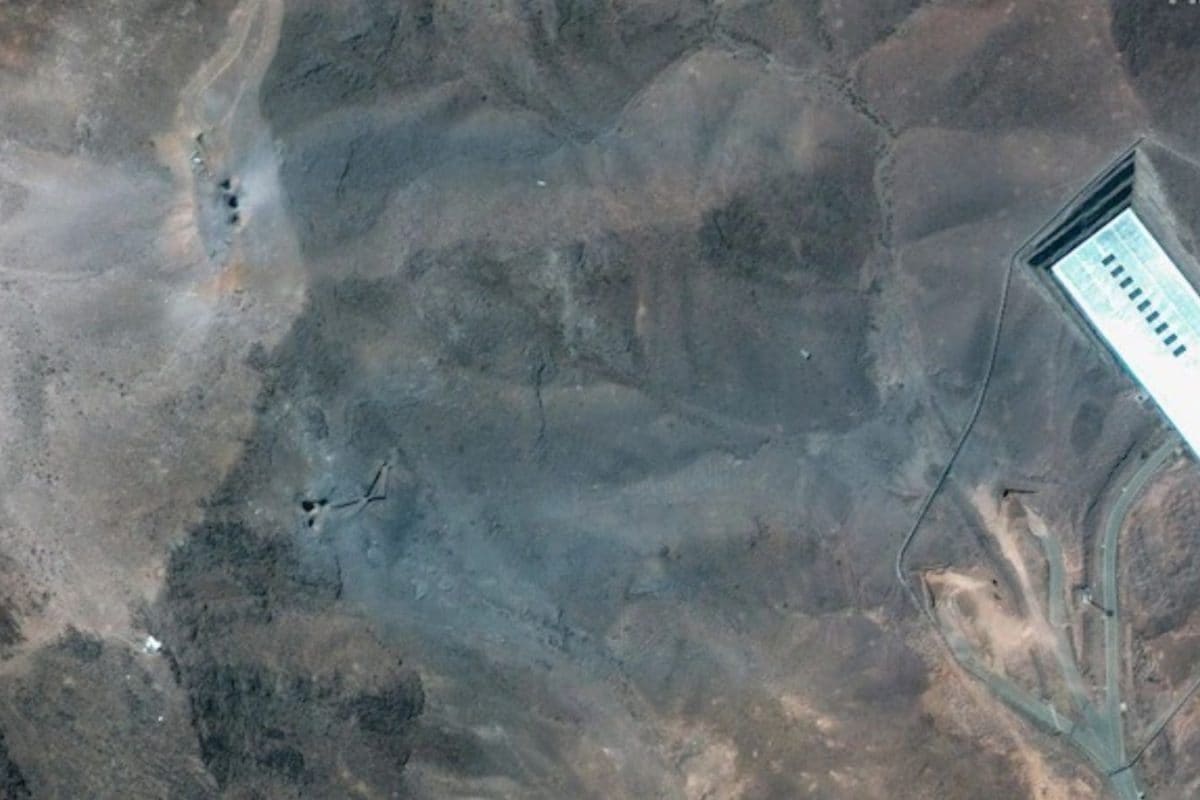

The recent US bombing of Iranian nuclear facilities, codenamed "Operation Midnight Hammer," has triggered a flurry of conflicting reports and assessments regarding its true impact on Iran's nuclear ambitions. While President Trump declared a complete obliteration of the targeted sites, initial intelligence assessments suggest a more nuanced reality, indicating a setback of months rather than decades.
On June 22, 2025, the United States Air Force and Navy launched coordinated attacks on three key Iranian nuclear facilities: the Fordow Uranium Enrichment Plant, the Natanz Nuclear Facility, and the Isfahan Nuclear Technology Center. The operation involved the use of fourteen GBU-57A/B MOP "bunker buster" bombs, delivered by Northrop B-2 Spirit stealth bombers, along with Tomahawk missiles fired from a submarine. This marked the US's first offensive action in the ongoing Iran–Israel war, initiated by Israeli strikes on June 13.
Gen. Dan Caine, Chairman of the Joint Chiefs of Staff, stated that initial battle damage assessments indicated "extremely severe damage and destruction" across all three sites. However, a classified assessment by the Defense Intelligence Agency (DIA) painted a different picture. According to sources familiar with the report, the strikes primarily sealed off the entrances to two nuclear enrichment facilities, including Fordow. The resumption of Iran's enrichment program would depend on the time required to clear the entrances and repair electrical and water supplies. The DIA assessment also suggested that some of Iran's enriched uranium stockpile had been moved before the strikes.
These findings contradict President Trump's assertion that the nuclear enrichment facilities were "completely and totally obliterated" and that Iran would not be building bombs "for a long time." Trump even claimed the strikes had set back Iran's nuclear program "basically decades."
Israeli officials, however, offered a more optimistic outlook. IDF Spokesman Brig. Gen. Effi Defrin stated that the war had set back Iran's nuclear program "by years," although he cautioned that it was still too early to know for sure. Prime Minister Benjamin Netanyahu went further, announcing that Israel had "thwarted Iran's nuclear project."
The discrepancies between the US and Israeli assessments highlight the complexity of evaluating the true extent of the damage. The White House has pushed back against the DIA findings, with Press Secretary Karoline Leavitt calling the leaking of the assessment "a clear attempt to demean President Trump."
Adding another layer of complexity, Iran's parliament approved a bill to suspend cooperation with the International Atomic Energy Agency (IAEA), citing the agency's failure to condemn the attack on Iranian nuclear facilities. Parliament speaker Mohammad Bagher Ghalibaf declared that the Atomic Energy Organisation of Iran would suspend cooperation with the IAEA until the security of the nuclear facilities is guaranteed.
Independent experts and officials suggest that while the strikes may have caused a temporary setback, they are unlikely to have eliminated Iran's nuclear capabilities entirely. Factors such as surviving stockpiles of enriched uranium, the resilience of deeply buried underground facilities, the potential for undisclosed sites, and Iran's scientific and technical expertise all contribute to the program's continued viability.
The situation remains fluid, and a complete and accurate assessment of the long-term impact of the US strikes is still pending. The conflicting reports and political rhetoric surrounding the event underscore the challenges of verifying information in a conflict zone and the potential for differing interpretations of intelligence data.